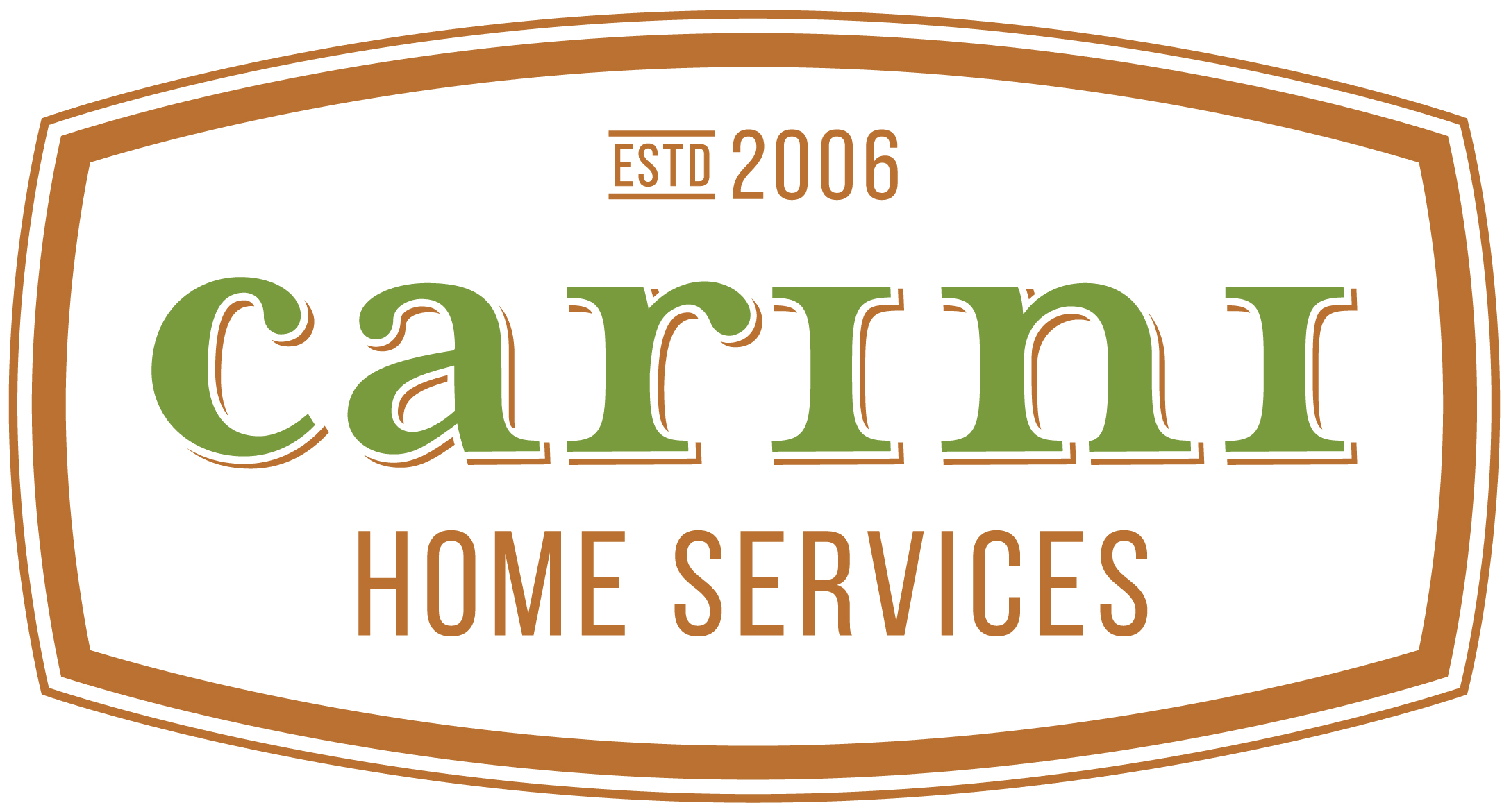SAN DIEGO, CALIFORNIA—Recently, a news station ran a short segment about heating and cooling costs. One of their tips was to replace the unit’s filters on a regular basis, which is great advice. However, they showed a man putting in a filter that had clearly been damaged on one side and attempted to be smoothed out again.
“A crushed filter isn’t going to fit in the opening properly and will diminish the effectiveness of the filter,” says Gabriel Carini, who owns a San Diego, CA air conditioning and heating company. “It got me thinking about other mistakes that can happen with air filters. You need to make sure you’re using it properly to get the maximum benefit and keep your indoor comfort system running well.”
Cleaner air is healthier air, and the simplest way to get better quality air inside your home or office is to make sure the HVAC system’s air filter is being used properly. Use this checklist to make sure your air filter is doing its job properly.
1. You have the filter facing the right direction. Air filters are designed for the air to flow in one direction. If you’ve put it in backwards, while it might be filtering some particles out it is definitely not doing a good job at it.
2. The edges of the filter are straight and uncrushed. The frame of replaceable air filters is made out of a type of cardboard, which means it could be accidentally crushed on the way home from the store or otherwise marred if it doesn’t go in properly the first time.
3. The filter is the correct size and completely covers the air return opening. Gaps will let unfiltered air get to the main unit, increasing the likelihood of needing air conditioning service or furnace repair and cutting down on its lifespan.
4. Instead of the cheapest fiberglass filter on the market, you’ve upgraded to better filters that are more efficient at removing particles from the air. The more efficient air filters do cost more, but they are worth it for the health benefits and how it extends the life of your main unit.
5. The air filter is the ideal rating for the HVAC system. Some air filters on the market are too efficient for the standard residential indoor comfort system, which decreases air flow and can burn out the fan motor on the unit. The minimum efficiency reporting value or MERV is a system used to rate filters. While the majority of units can handle a MERV 11, the only way to be sure is to consult the user’s manual or ask a heating and air conditioning service expert.
6. You check the air filter each month and change it on schedule. Some filters say they only need to be changed every three months, but it depends on many different factors in your home. The filter should be check every month to make sure it isn’t dirty or clogged.
7. The air conditioning or heating unit is turned off when you change the filter, and you never run the system without a filter in place.
8. If there are any secondary filters on the HVAC unit, you change those as well. Sometimes homeowners may not even realize there is a second filter, but it needs to be changed regularly to maintain good indoor air quality and an efficient system. Check the user manual, look it up online or contact us to find out.
9. Reusable filters are thoroughly washed and dried before being replaced. Not cleaning the filter thoroughly is asking for HVAC trouble, and putting it back while still damp is a recipe for disaster.
“If you’re doing all of these things, you’re doing a good job at keeping your HVAC system clean and improving your home’s indoor air quality,” says Carini. “We’re happy to help you if you have questions or concerns about your air filters or heating and cooling unit.”
